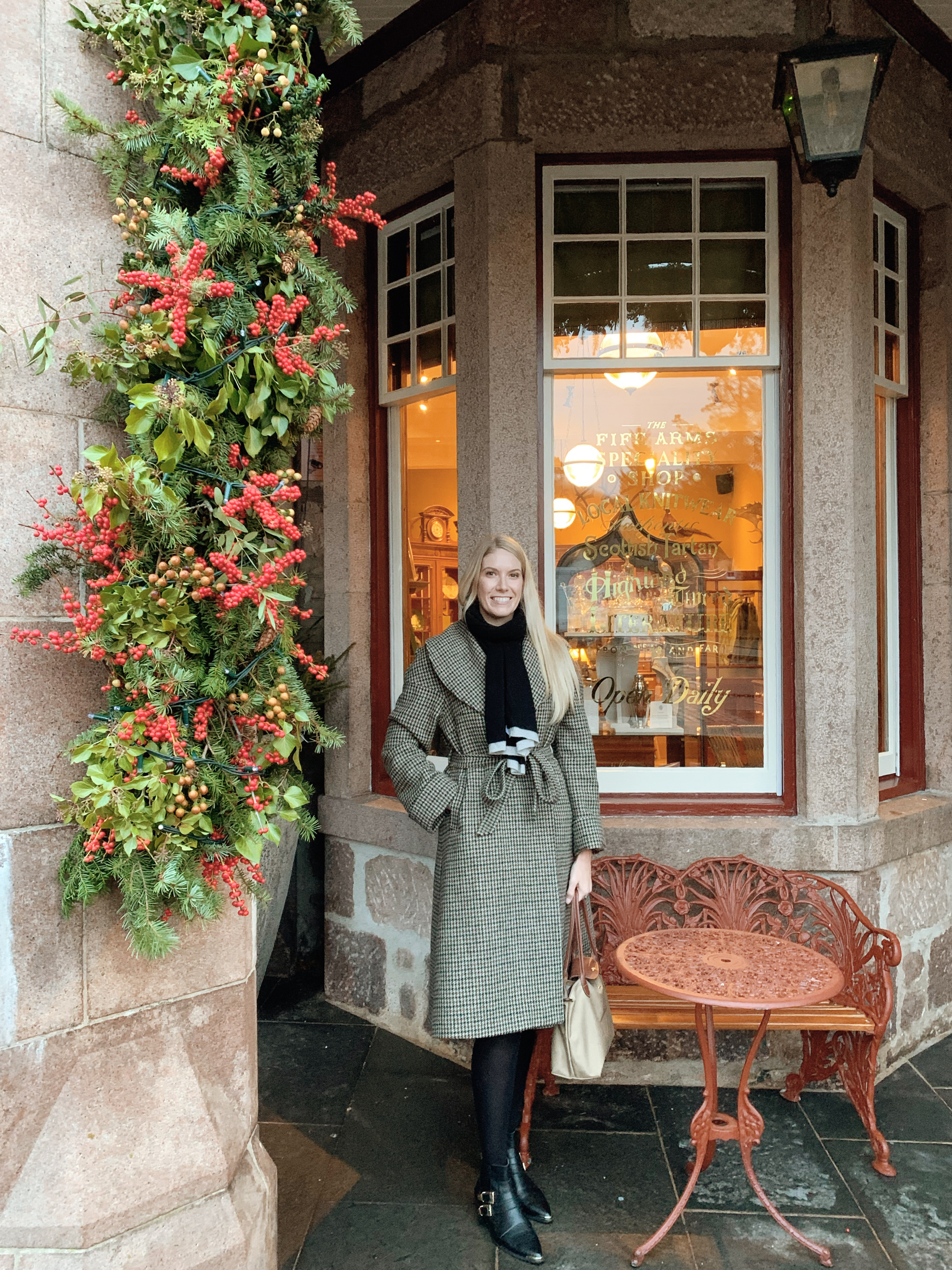The excavations of ancient Italian towns, Herculaneum and Pompeii, had a profound effect on architecture, design and the decorative arts around Europe. After the volcanic eruption of Vesuvius in 79 AD, these towns were covered in ash but miraculously perfectly preserved.

Pompeii was officially discovered in 1738, where ancient treasures and artefacts such as furniture, wall paintings, pottery and other home accessories were unearthed. At the time archaeology was not yet a profession, and the excavations generated enthralment in ancient worlds and classical arts. There was a introduction of an innovative subject ‘art history’ and both Pompeii and Heracleum became must see visits on the Grand Tour.

The volcanic ash preserved and maintained almost everything, including buildings, furnishings, sculptures and dead bodies. In Pompeii there the finding of intricate mosaics, civic buildings, monuments and a gymnasium, whilst at Herculean a brothel, public bath and amphitheatre was revealed.

These were large scale excavations with a purpose of preserving and collecting works of ancient art that promoted the cultural, social and political wealth of nearby city Naples at the time. Italy fast became a hub of arts and antiquity. The inspiration of these ancient towns spread to architecture, furniture making and art work as well as interiors, seen in design elements such as motifs, stucco work and frescoed walls.
EXAMPLES OF HERCULANEUM AND POMPEII WITHIN MODERN INTERIOR DESIGN
















Leave a comment